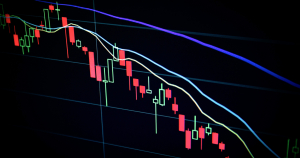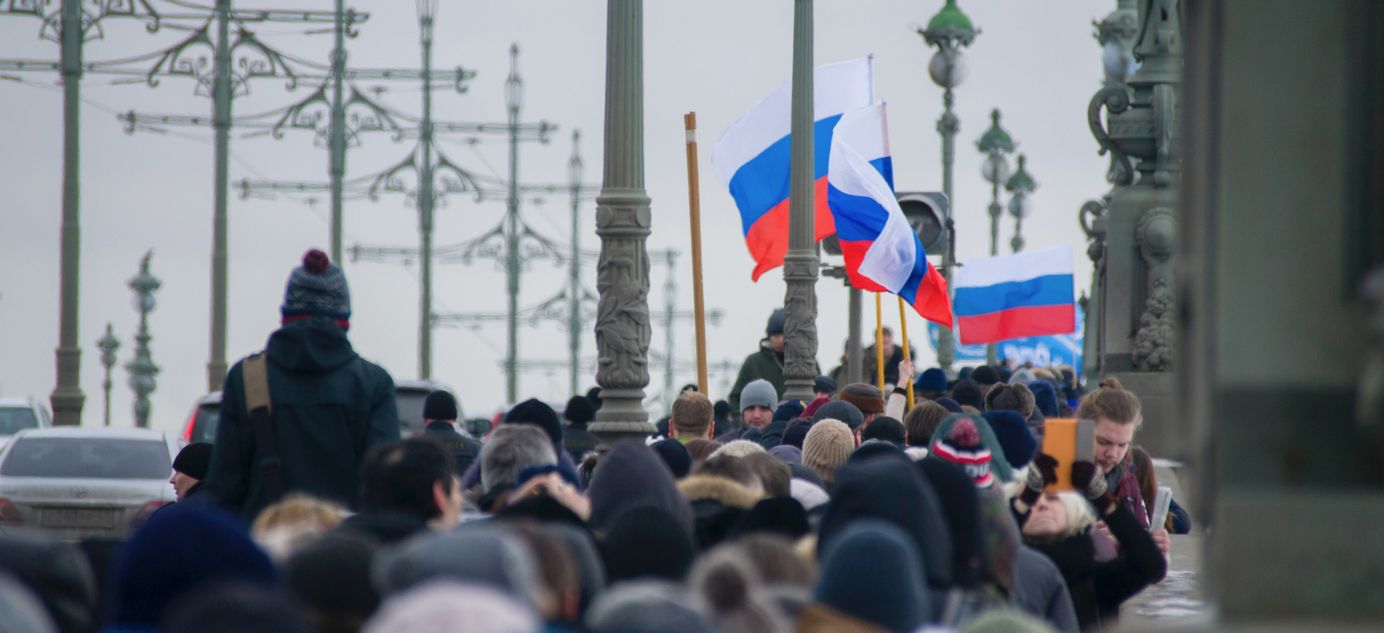
November to be worst month of 2021 for Russian markets

November isn’t over yet, but it’s already clear it will be the worst month of the year on the Russian markets. With the emergence of the Omicron coronavirus strain last week causing global markets to nosedive, some fear these losses are only the start.
- In many ways, the current situation on world stock markets recalls the events of spring 2020 when the coronavirus first emerged — and a sharp drop in the price of oil Friday made it the biggest daily fall since March 2020. However, other analysts believe the oil market reacted too quickly, and will soon correct itself.
- The Russian market faces this new, worldwide sell-off in far from peak condition. The ruble has weakened almost 9 percent against the U.S. dollar over the last month, and Russia’s stock indexes have dropped into correctional territory (defined as a fall of at least 10 percent): between Oct. 20 and Nov. 26, the Moscow Exchange sank 11 percent and the dollar-denominated RTS declined 16.4 percent. At the same time, foreign investors have been exiting the Russian bond market (OFZs): a five-month increase in non-resident investments last month became an outflow. And quotes for credit-default swaps are at their highest levels since spring 2020.
- Until the emergence of Omicron, much of the pressure on Russian markets has been down to rising geopolitical tensions, said Dmitry Polevoi, investments director at Loko Invest. “It’s a question of the so-called geopolitical trio – Ukraine, Belarus, and Armenia-Azerbaijan,” he said. “For investors, there are too many unknowns. The logical response is to secure profits as the year ends.”
- The problems for the OFZ market, however, have deeper roots. Analysts, the markets and the Central Bank have all consistently underestimated the impact of spiraling inflation, according to Polevoi, and accelerating price rises are forcing the Central Bank to resort to tougher action.
- The oil price and the price of the ruble are no longer as closely connected as they once were. “But the dynamics of commodity quotations influence the feelings of foreign investors, so some connections remain,” Polevoi said. On top of this, the Central Bank is buying a lot of foreign currency, putting pressure on the ruble.
- The government’s fiscal rules will eventually help resolve the situation, according to Natalia Orlova, chief economist at Alfa Bank, “But this happens with a lag: for example, right now the state is buying [currency] as if oil prices were over $80, but prices have fallen much lower. This means that in the coming weeks the Finance Ministry will purchase a lot of [ruble] currency.”
- The ruble is currently trading at 75.6 to the U.S. dollar and Orlova expects it to weaken to 76 rubles against the greenback by the end of the year. In the event of geopolitical stabilization, Bank of America anticipates a strengthening to as much as 72 rubles against the U.S. dollar.
Why the world should care: It’s hard to imagine geopolitical tensions will stop being the fundamental driver of the Russian markets any time soon — and these tensions show no sign of easing. Ukrainian President Volodymyr Zelensky said Friday that he had received information about a Russian-backed coup attempt. That evening, U.S. President Joe Biden announced his intention to talk to both Zelensky and Russian President Vladimir Putin.



